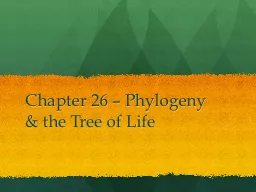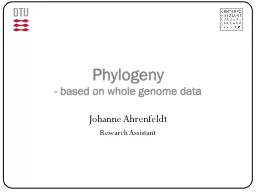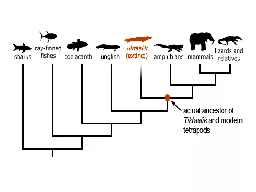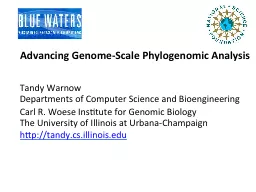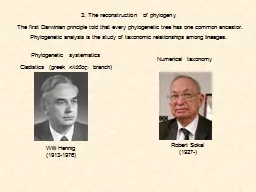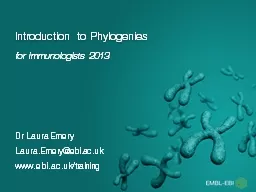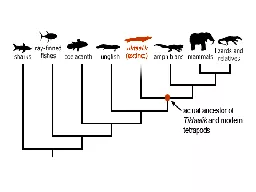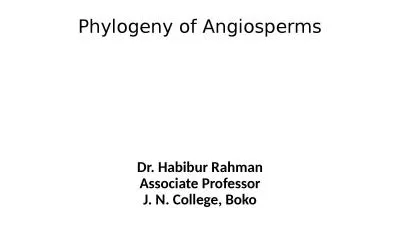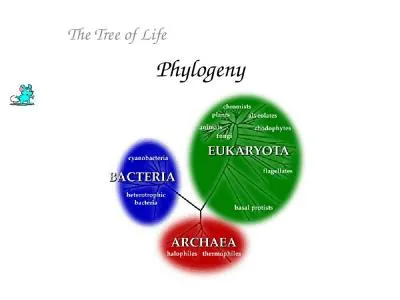PPT-Chapter 26 – Phylogeny & the Tree of Life
Author : briana-ranney | Published Date : 2016-06-17
261 Phylogeny Evolutionary history of a species or a group of related species Made by using evidence from systematics Focuses on classifying organisms amp relationships
Presentation Embed Code
Download Presentation
Download Presentation The PPT/PDF document "Chapter 26 – Phylogeny & the Tree ..." is the property of its rightful owner. Permission is granted to download and print the materials on this website for personal, non-commercial use only, and to display it on your personal computer provided you do not modify the materials and that you retain all copyright notices contained in the materials. By downloading content from our website, you accept the terms of this agreement.
Chapter 26 – Phylogeny & the Tree of Life: Transcript
Download Rules Of Document
"Chapter 26 – Phylogeny & the Tree of Life"The content belongs to its owner. You may download and print it for personal use, without modification, and keep all copyright notices. By downloading, you agree to these terms.
Related Documents

